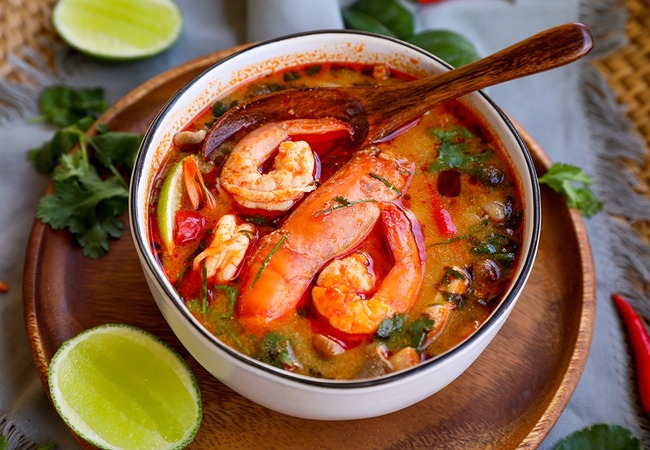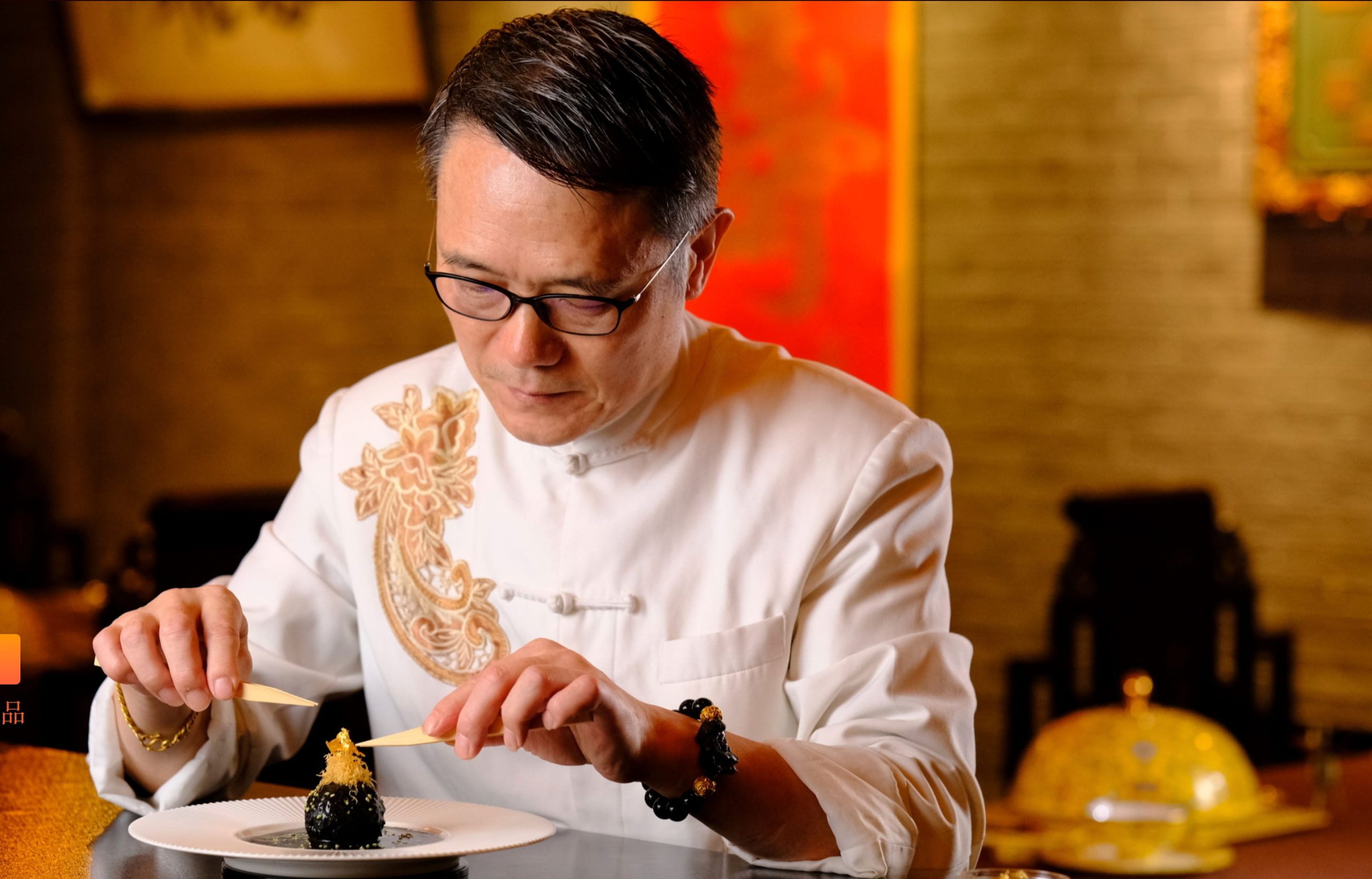Bagi para pecinta kuliner daging panggang, Indonesia menawarkan beragam restoran BBQ terbaik yang menyajikan hidangan daging panggang yang lezat dan menggoda. Berikut adalah 5 restoran terbaik untuk menikmati BBQ lezat di slot qris 5k:
- Holy Smokes BBQ
- Lokasi: Jakarta
- Deskripsi: Holy Smokes BBQ adalah tempat yang wajib dikunjungi bagi para penggemar BBQ otentik ala Amerika. Restoran ini terkenal dengan menu daging seperti beef brisket, pulled pork, dan spare ribs yang dimasak dengan teknik slow-cooked sehingga menghasilkan rasa smoky yang mendalam dan tekstur daging yang empuk. Rasakan juga berbagai saus BBQ yang bervariasi untuk melengkapi pengalaman BBQ Anda.
- T.G.I. Friday’s
- Lokasi: Jakarta, Surabaya, Bali
- Deskripsi: T.G.I. Friday’s menyajikan berbagai pilihan BBQ yang sangat populer, seperti BBQ Ribs, BBQ Chicken, dan BBQ Burger. Restoran internasional ini menawarkan pengalaman makan santai dengan suasana yang ramah keluarga dan berbagai pilihan menu yang menggugah selera. BBQ mereka terkenal dengan rasa yang kaya dan daging yang selalu empuk.
- The Smoke House BBQ
- Lokasi: Bandung
- Deskripsi: Di The Smoke House BBQ, Anda bisa menikmati hidangan BBQ ala Amerika yang dimasak menggunakan teknik asap. Menu andalan mereka seperti ribs, beef brisket, dan grilled chicken sangat digemari oleh pengunjung karena rasa daging yang lembut dan kaya akan rasa. Tempat ini menawarkan suasana yang nyaman, cocok untuk bersantai sambil menikmati daging panggang yang lezat.
- Korean BBQ & Grill
- Lokasi: Jakarta, Bali, Surabaya
- Deskripsi: Jika Anda menyukai BBQ ala Korea, Korean BBQ & Grill adalah pilihan yang tepat. Di sini, Anda dapat memanggang daging premium seperti beef bulgogi, pork belly, dan chicken di atas panggangan meja. Restoran ini menawarkan pengalaman makan interaktif di mana Anda bisa memanggang daging sesuai selera dan menikmati berbagai banchan (side dishes) Korea yang menyegarkan.
- Bubur Ayam & BBQ 88
- Lokasi: Jakarta
- Deskripsi: Menyajikan kombinasi unik antara hidangan BBQ dan bubur ayam, Bubur Ayam & BBQ 88 memberikan pengalaman kuliner yang berbeda. Daging panggang seperti spare ribs dan grilled chicken wings disajikan dengan bubur ayam yang hangat dan gurih. Restoran ini menawarkan pilihan menu yang cocok bagi mereka yang ingin menikmati BBQ dengan cita rasa lokal.
Kelima restoran ini menawarkan berbagai jenis BBQ yang lezat, dari yang otentik hingga yang unik, dan memberikan pengalaman makan yang menyenangkan bagi pecinta kuliner daging panggang. Jika Anda berada di Indonesia dan ingin menikmati BBQ lezat, jangan lewatkan kesempatan untuk mengunjungi salah satu tempat ini!










